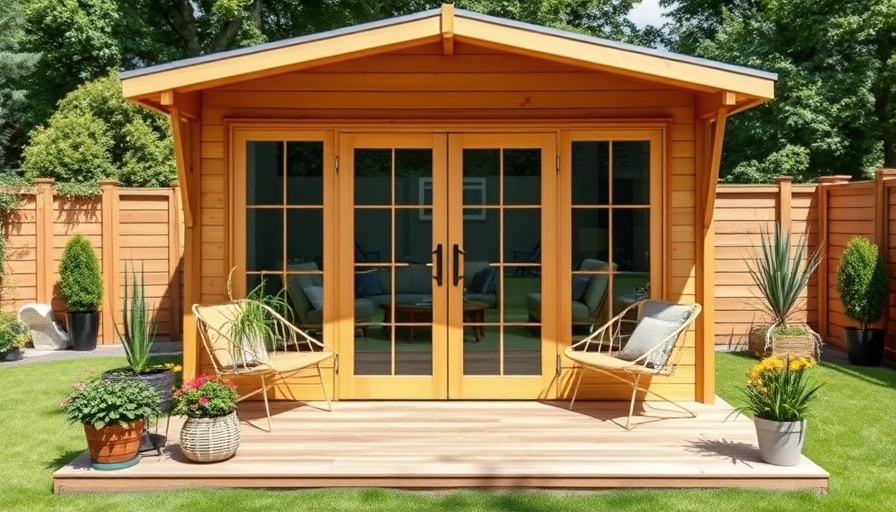
Transform Your Backyard with Budget-Friendly DIY Hot Tubs
Dreaming of a soothing soak in your own hot tub after a long day at work? Building a DIY hot tub is not only a fulfilling weekend project but also a fantastic way to enhance your home's outdoor living space—all without emptying your wallet. In this article, we’ll explore various ingenious DIY hot tub plans tailored to all levels of expertise, allowing you to create your personal oasis in your backyard.
Why Build a DIY Hot Tub?
DIY hot tubs are more than just a convenient alternative to expensive options; they give you the freedom to customize your design, materials, and size according to your specific needs and preferences. By opting for a DIY project, you can incorporate sustainable practices, utilizing upcycled materials that would otherwise go to waste. And the financial savings can be significant, as many DIY designs can be completed for a fraction of the cost of store-bought models.
Creative Hot Tub Ideas to Consider
Here are some leading designs that combine functionality and aesthetics:
- Cedar Wood Hot Tub: Durable and excellent at retaining heat, cedar hot tubs offer an enchanting wood-fired experience. With clear plans and quality wood, this project promises years of enjoyment.
- Japanese Soaking Tub: Known for its elegant design, this unique tub allows for a relaxing soak while providing ample seating, making it a beautiful focal point in your backyard.
- Concrete Hot Tub: For those seeking a more permanent solution, constructing a concrete tub provides lasting durability, requiring careful planning and the right equipment.
- Stock Tank Hot Tub: A popular choice for many DIYers, this option repurposes an old livestock container into a fun and functional hot tub that’s easy to warm with solar or wood heat.
- Pallet Hot Tub: Using repurposed pallets, this rustic design is not only eco-friendly but also allows for creativity and personalization with minimal costs involved.
Essential Tips for Your DIY Project
Before diving into your hot tub construction, consider these important tips:
- Location, Location, Location: Choose an area in your yard that offers privacy and accessibility. Making sure you have a solid foundation is crucial for a successful build.
- Materials Matter: Invest in quality materials, especially for the heating elements. Research options like wood-burning stoves or solar heaters, which can affect both functionality and aesthetics.
- Get the Right Dimensions: Carefully plan the size of your tub, factoring in how many people you want to accommodate for comfort.
Conclusion: Dive into DIY!
Building a DIY hot tub is a rewarding project that enhances not just your backyard but your overall home experience. With the ability to customize and create a personal retreat, this can be a project that reflects your style and meets your needs. Don't let costs keep you from enjoying a luxurious soak. Embrace the opportunity to craft your ideal sanctuary and bring relaxation to your doorstep!
Have you started planning your DIY hot tub project? Take action and start creating your dream backyard retreat today! Your future self will thank you.
 Add Row
Add Row  Add
Add 




Write A Comment